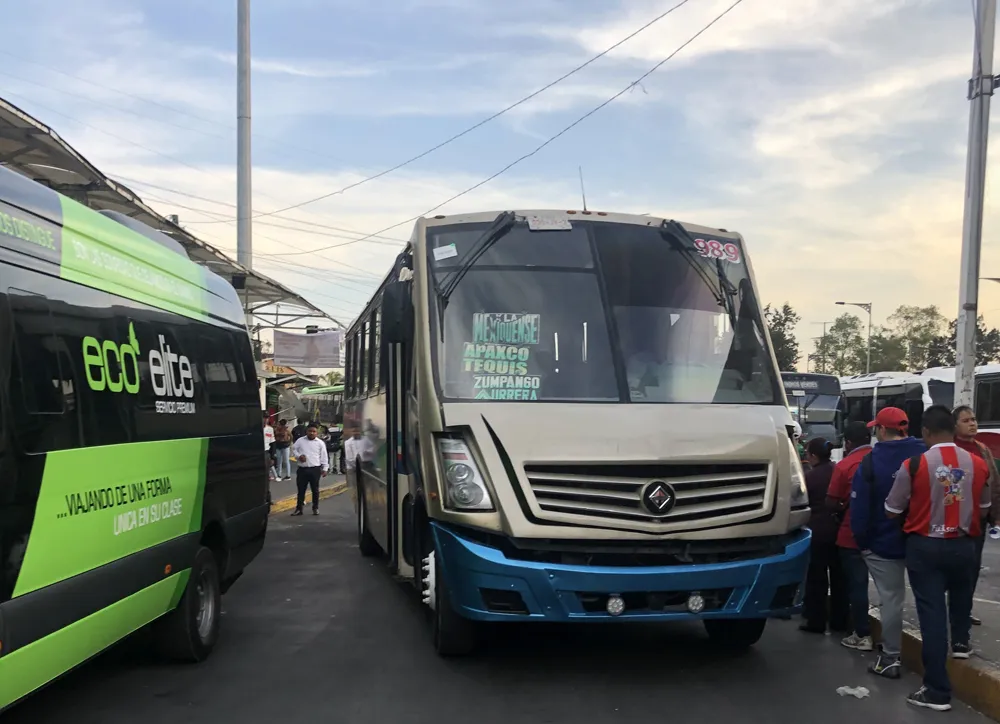Citilabs has released its next-generation product line, Cube 5. This new version of Cube has been developed using ESRI's ArcGIS technology, providing software users with significant advancements in productivity, analysis and data-sharing. Cube users will now be able to store transportation networks as ESRI geodatabases, utilising ESRI feature classes. Citilabs says moving data back and forth between models and GIS has never been easier, saving transportation agencies and consultants time and money.
March 13, 2012
Read time: 2 mins
Citilabs has released its next-generation product line, Cube 5. This new version of Cube has been developed using 50 ESRI's ArcGIS technology, providing software users with significant advancements in productivity, analysis and data-sharing. Cube users will now be able to store transportation networks as ESRI geodatabases, utilising ESRI feature classes. Citilabs says moving data back and forth between models and GIS has never been easier, saving transportation agencies and consultants time and money.
Cube 5 will allow an existing Cube user the choice to keep the traditional Cube networks or to convert all their data, with a click of a mouse, to an ArcGIS personal geodatabase. This capability makes it much faster and easier to pass data between ArcGIS applications and Cube applications. This is a two-way capability, so information generated or stored in a Cube model can be passed to an ArcGIS application for further processing and analysis. Conversely, transportation or land use information stored in a geodatabase can be transparently passed to a Cube model. For agencies with significant commitments to ESRI software and employee training in this area, the improved productivity offered by Cube 5's ability to directly process and store geodatabases will enhance the return on their GIS investments.
"Given the myriad uses of GIS software at national, regional, and local transportation agencies, I believe the productivity and flexibility Cube 5 offers will be eye-opening," suggests Ernie Ott, Citilabs VP. "In the past, joint users of ESRI and transportation modelling software would have to carefully consider how they approach a complex analysis in order to take advantage of the strengths of each platform. They would also consider where data might reside or be generated. The interoperability of applications using an ArcGIS geodatabase and applications based in Cube will remove some data processing steps from their workflows and often reduce the complexity of these procedures."
Cube 5 will allow an existing Cube user the choice to keep the traditional Cube networks or to convert all their data, with a click of a mouse, to an ArcGIS personal geodatabase. This capability makes it much faster and easier to pass data between ArcGIS applications and Cube applications. This is a two-way capability, so information generated or stored in a Cube model can be passed to an ArcGIS application for further processing and analysis. Conversely, transportation or land use information stored in a geodatabase can be transparently passed to a Cube model. For agencies with significant commitments to ESRI software and employee training in this area, the improved productivity offered by Cube 5's ability to directly process and store geodatabases will enhance the return on their GIS investments.
"Given the myriad uses of GIS software at national, regional, and local transportation agencies, I believe the productivity and flexibility Cube 5 offers will be eye-opening," suggests Ernie Ott, Citilabs VP. "In the past, joint users of ESRI and transportation modelling software would have to carefully consider how they approach a complex analysis in order to take advantage of the strengths of each platform. They would also consider where data might reside or be generated. The interoperability of applications using an ArcGIS geodatabase and applications based in Cube will remove some data processing steps from their workflows and often reduce the complexity of these procedures."










